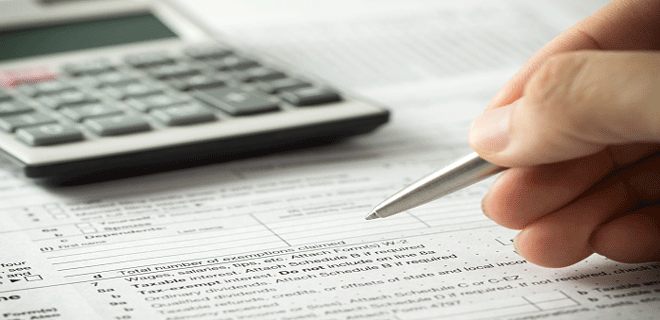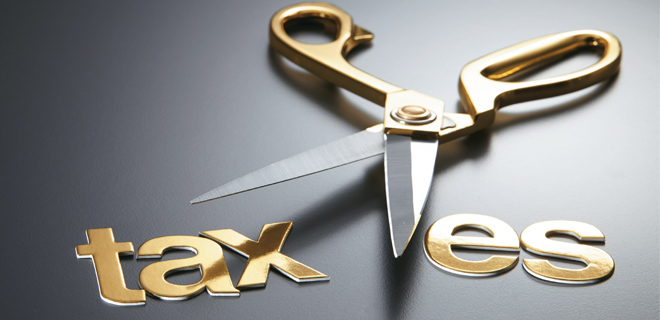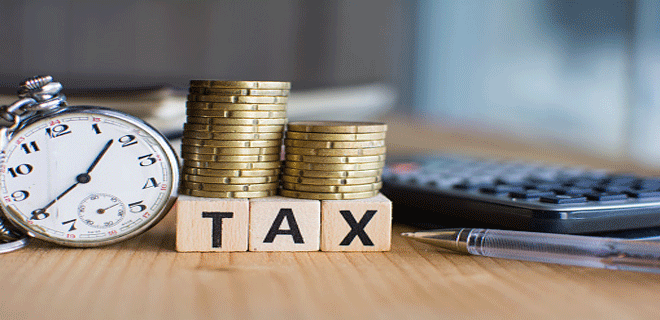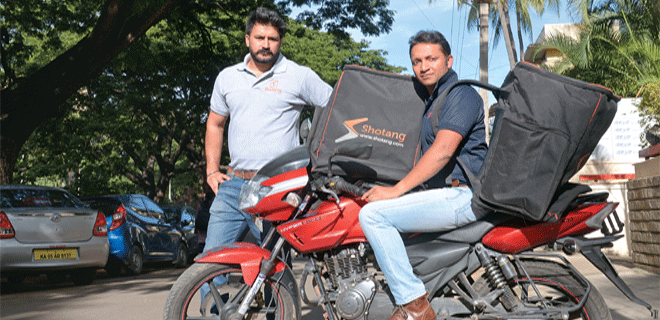A Quick Guide to Last-Minute Tax Return Filing
Filing tax returns is a cumbersome process, but it is not an insurmountable affair if you get the basics right

The last day for filing your tax returns for the financial year 2016-17 has been extended to August 5, 2017, which means that you do not have much time to postpone the exercise any further.
Despite filing returns being an annual ritual that all tax-payers are aware of, many tend to push it to the last minute. Often, the reason is not paucity of time, but simply the fear of cumbersome paperwork. While filing returns is no cakewalk, it is not as complicated as it is made out to be if you adopt an organised approach towards completing the exercise. Here’s a simple guide to help salaried tax-payers execute the process through www.incometaxindiaefiling.gov.in, the income tax department’s official e-filing portal:
Verify Form 26AS
Once you log on to the website, register yourself if you haven’t already and proceed to verify your Form 26AS, that is, the tax credit statement. It helps you ascertain whether you have received credit for taxes deducted by your employer or bank correctly. “Form 26AS is a database for details of all taxes deducted at source on your income, taxes paid by you (either as advance tax or as self-assessment tax) etc. It would also contain details of income paid to you on which taxes have been deducted,” explains Sreenivasulu Reddy, Tax Director, People Advisory Services, EY India.
Link Your Aadhaar with PAN
The much-talked about mandatory requirement this year, linking your Aadhaar with PAN can be done through the e-filing portal. The number has to be quoted in the tax return form. If you do not have an Aadhaar, you need to enroll yourself and obtain the enrollment number, which has to be then mentioned in the form.
Choose the Correct Form
The next step is to identify the form that is relevant for you. “Given the change in ITR forms the most important step is to choose the correct ITR. Next, make sure that when you fill in the form you provide the information like Aadhaar number, details of cash deposits if applicable and details of foreign bank accounts in case you are a non-resident,” says Vaibhav Sankla, MD, H&R Block India. To start the process, clock on the ‘Quick e-file ITR’ or ‘E-file’ links. If you draw salary, pension, or interest income and own one house property, you will have to use the ITR Sahaj (Form 1), provided your income is less than Rs 50 lakh. “However, this form will not be applicable if you have dividend income of over Rs 10 lakh or unexplained cash credit or investment,” points out Sankla. ITR-2 is for those who have several disclosures to make. “In case you have income from more than one house property, capital gains, loss to be carried forward, foreign assets, tax treaty relief to be claimed etc, ITR-2 is to be used,” says Reddy.
Furnish All Information Accurately
While several key details in your tax returns forms will be pre-populated, cross-check everything and enter other information, including personal and bank account details, correctly. This will ensure hassle-free tax refund, if any. You will need to enter your income and deductions, particularly the ones that do not reflect in your Form 16; deductions under section 80G on donations made to charitable institutions, for instance. “Check whether there is any tax still due to be paid. Give a round-up of the taxes paid by you through advance tax, TDS or on your own. Mention all the exempt incomes too,” adds Sankla.
E-verify your Returns
During assessment year 2015-16, the I-T department introduced the process of e-verifying returns, which has only got progressively better in terms of convenience and comfort it brings to the laborious affair. Until then, your return-filing process was considered complete only after the I-T department’s central processing centre in Bengaluru received the physical, signed copy of your form ITR-V (verification) within 120 days of e-filing. Now, you can choose to go completely paperless by generating electronic verification code (EVC) to verify your returns online with the help of your Aadhaar, net banking, bank account-based verification, email and mobile phone, demat account and ATM. If you find this tedious, you can follow the older method of downloading the ITR-V and dispatching it to the CPC before the deadline.









